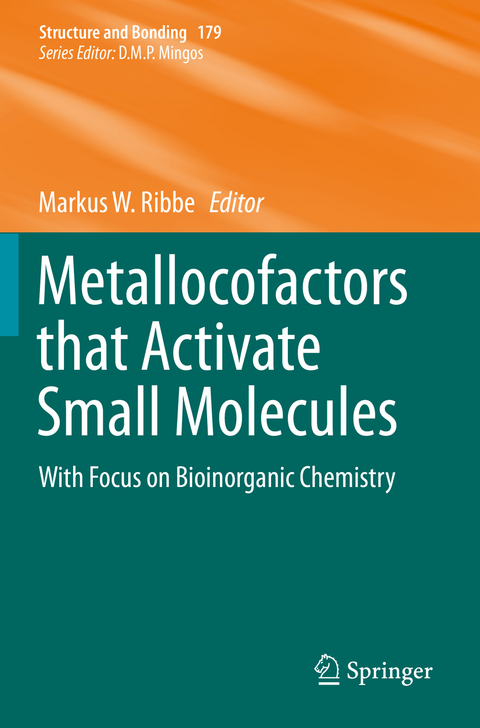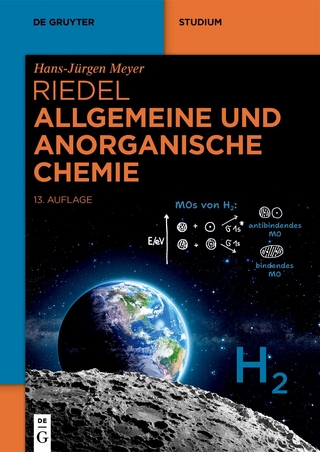
Metallocofactors that Activate Small Molecules
Springer International Publishing (Verlag)
978-3-030-25899-3 (ISBN)
Metallocofactors are essential for all forms of life and include a variety of metals, such as iron, molybdenum, vanadium, and nickel. Structurally fascinating metallocofactors featuring these metals are present in many bacteria and mediate remarkable metabolic redox chemistry with small molecule substrates, including N2, CO, H2, and CO2. Current interest in understanding how these metallocofactors function at the atomic level is enormous, especially in the context of sustainably feeding and fueling our planet; if we can understand how these cofactors work, then there is the possibility to design synthetic catalysts that function similarly.
The focus of Dr. Ribbe's research is the assembly and mechanism of nitrogenase, one of the most complex metalloenzymes known to date. Nitrogenase can be appreciated from the perspective of the useful agricultural and industrial products it generates, namely, ammonia, hydrogen and hydrocarbons. Since the beginning of his independent career, Dr. Ribbe has focused his efforts on investigating the biosynthesis of the Mo-nitrogenase from Azotobacter vinelandii and, in particular, the unique metal centers of its MoFe protein component: FeMoco and P-cluster. Results of these studies have firmly established nitrogenase MoFe protein as a model system that could be used to deduce the general mechanism of metal cluster assembly and develop successful strategies for synthesizing bio-inspired catalysts for industrial usage. Recently, Dr. Ribbe expanded his research to the investigation of the structure and function of the "alternative" V-nitrogenase from Azotobacter vinelandii. His discovery that V-nitrogenase can convert CO to hydrocarbons provides a potential blueprint for developing cost-efficient processes for industrial production of biofuels in the future.
Chapter 1. Looking at Nitrogenase: Insights from Modern Structural Approaches.- Chapter 2. Current Understanding of the Biosynthesis of the Unique Nitrogenase Cofactor Core.- Chapter 3. Recent Advances in the Chemical Synthesis of Nitrogenase Model Clusters.- Chapter 4. The Catalytic Mechanisms of the Molybdenum and Tungsten Enzymes.- Chapter 5. The Role of the Pyranopterin Dithiolene Component of Moco in Molybdoenzyme Catalysis.- Chapter 6. Mechanism of Ni,Fe-Containing Carbon Monoxide Dehydrogenases.
| Erscheinungsdatum | 26.09.2020 |
|---|---|
| Reihe/Serie | Structure and Bonding |
| Zusatzinfo | VII, 169 p. 70 illus., 61 illus. in color. |
| Verlagsort | Cham |
| Sprache | englisch |
| Maße | 155 x 235 mm |
| Gewicht | 285 g |
| Themenwelt | Naturwissenschaften ► Chemie ► Anorganische Chemie |
| Schlagworte | Carbon monoxide dehydrogenase • Molybdopterin • Molybdopterin Models • Nitrogenase • Nitrogenase Cofactors • Protein Structure |
| ISBN-10 | 3-030-25899-8 / 3030258998 |
| ISBN-13 | 978-3-030-25899-3 / 9783030258993 |
| Zustand | Neuware |
| Haben Sie eine Frage zum Produkt? |
aus dem Bereich


